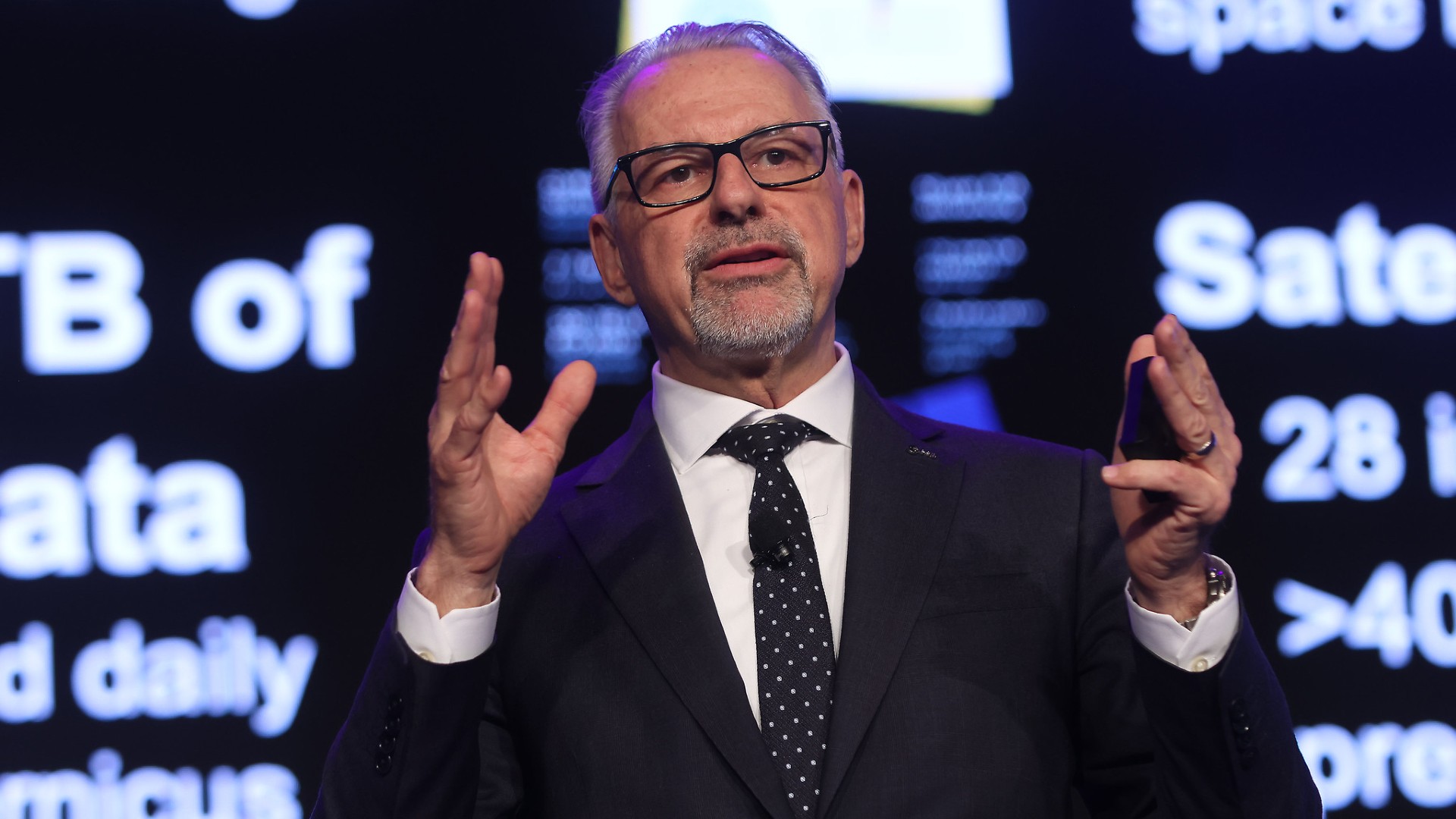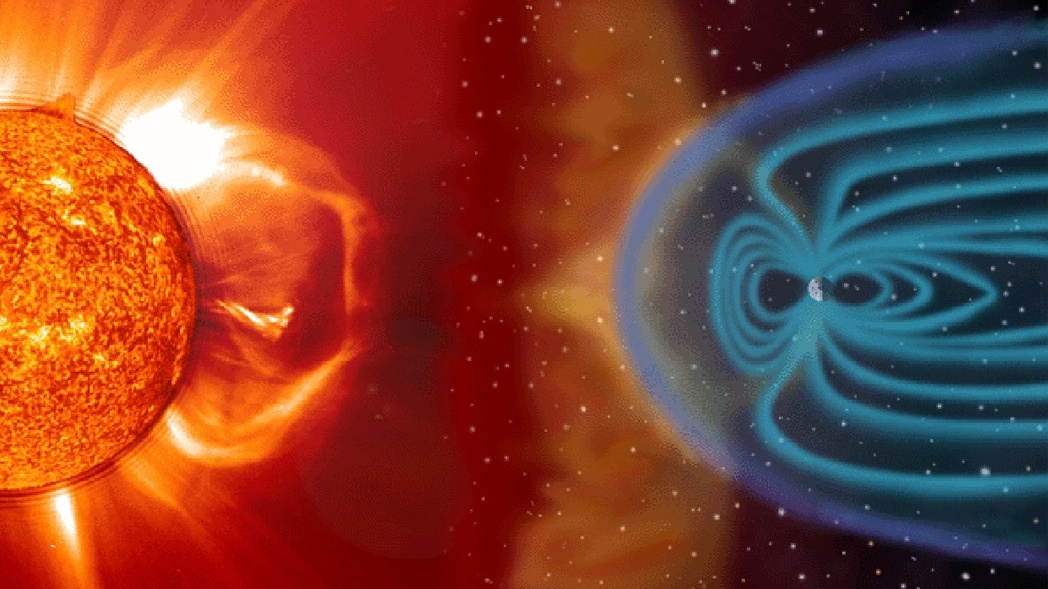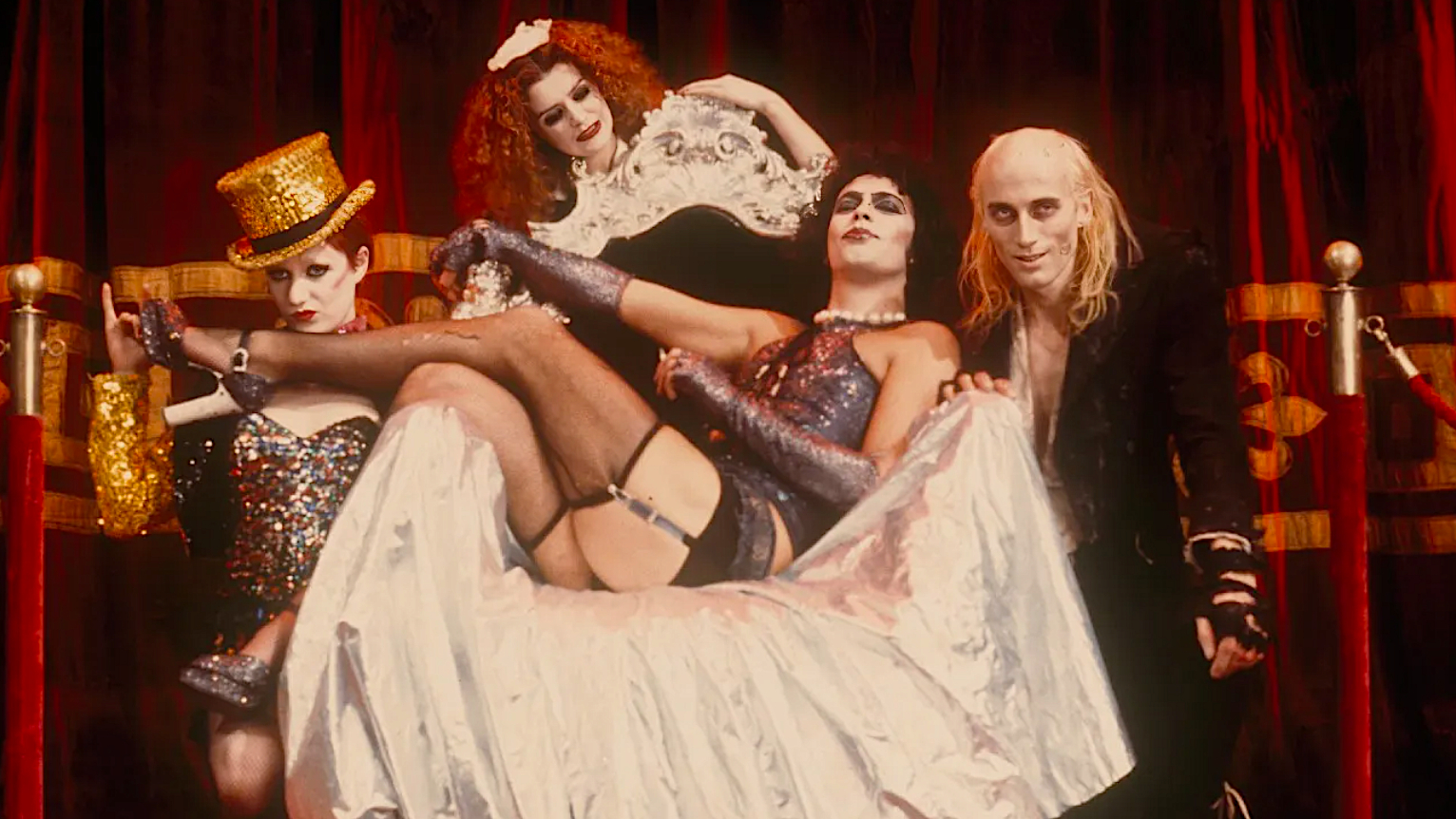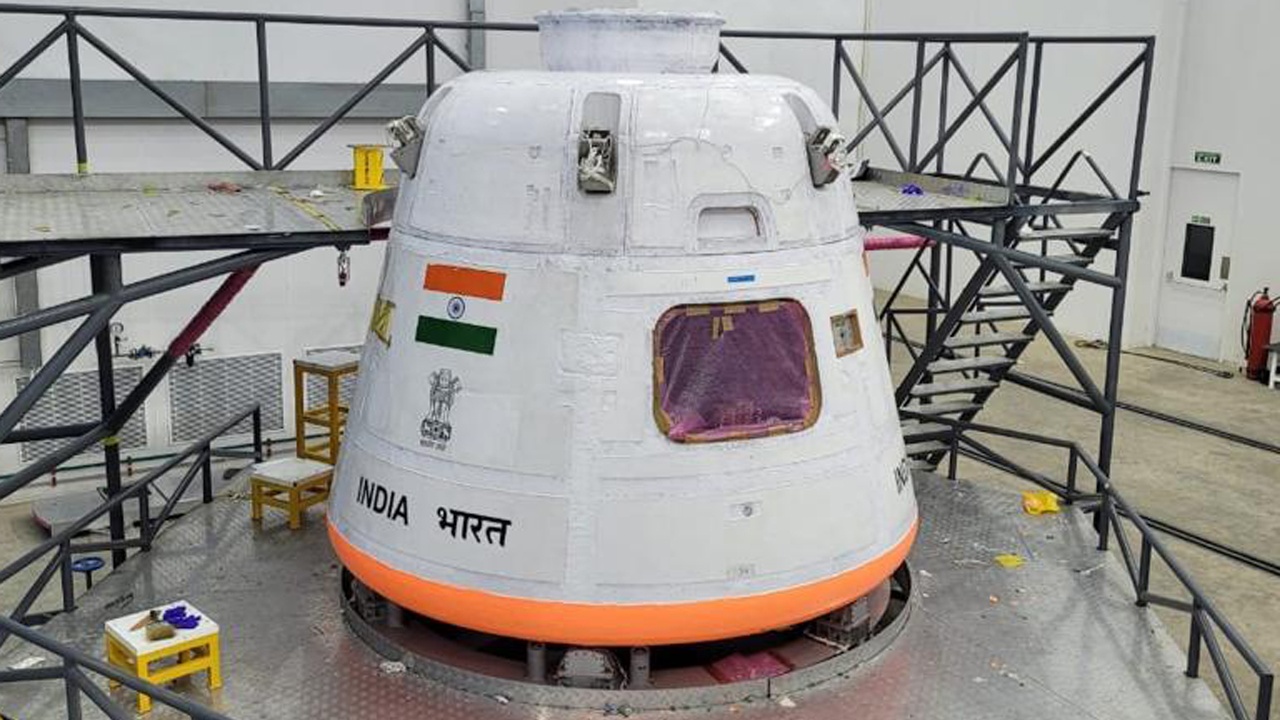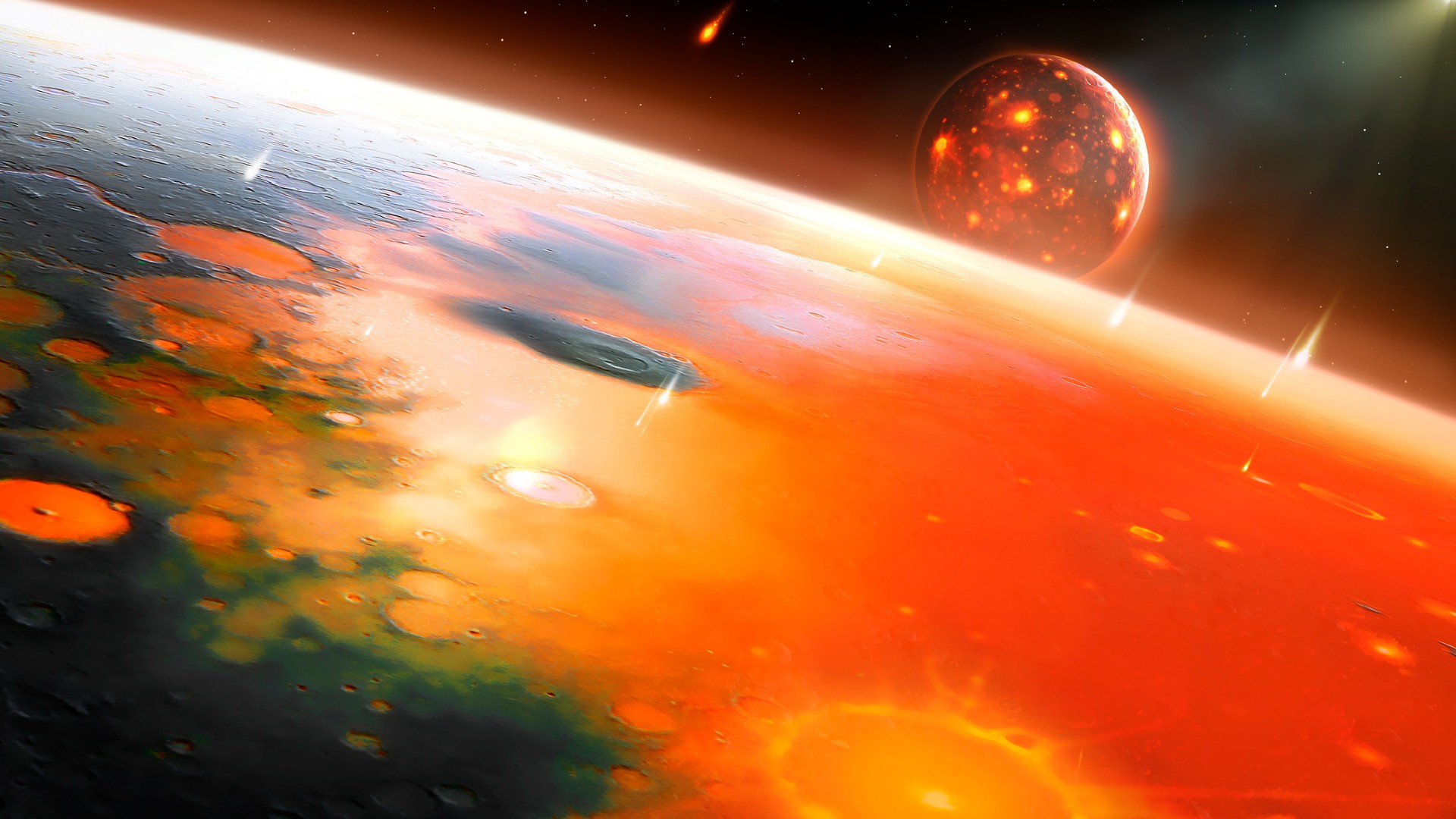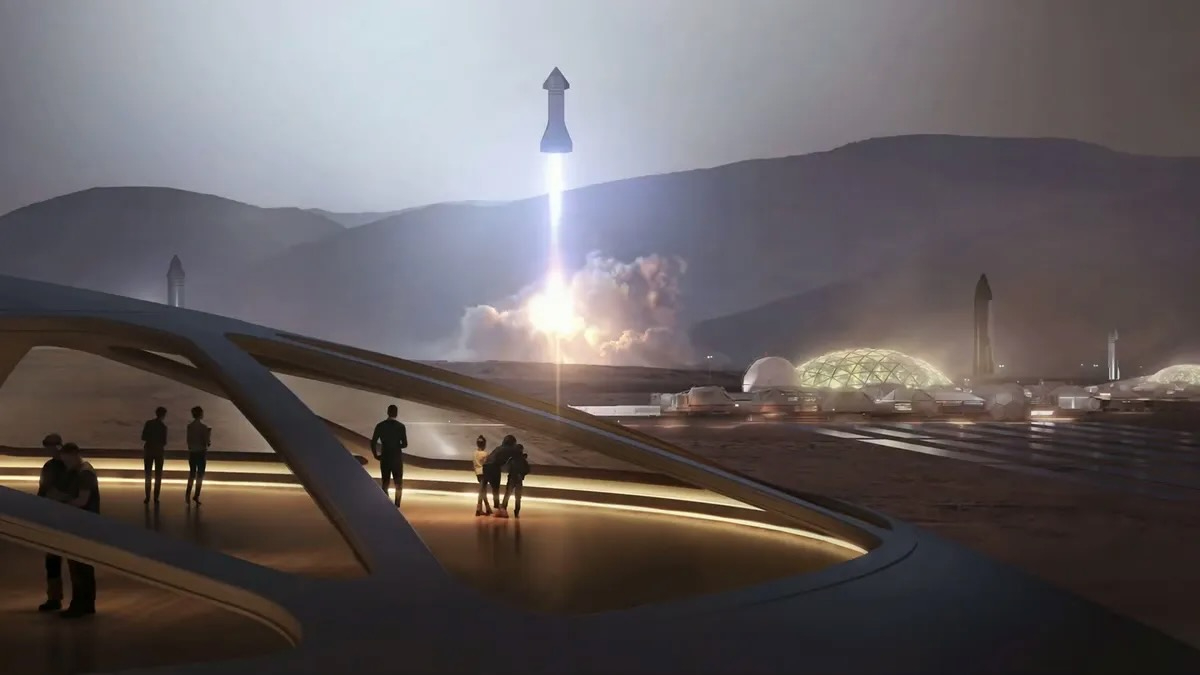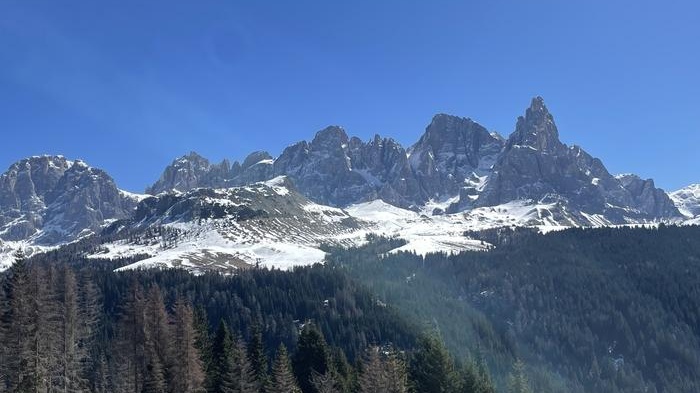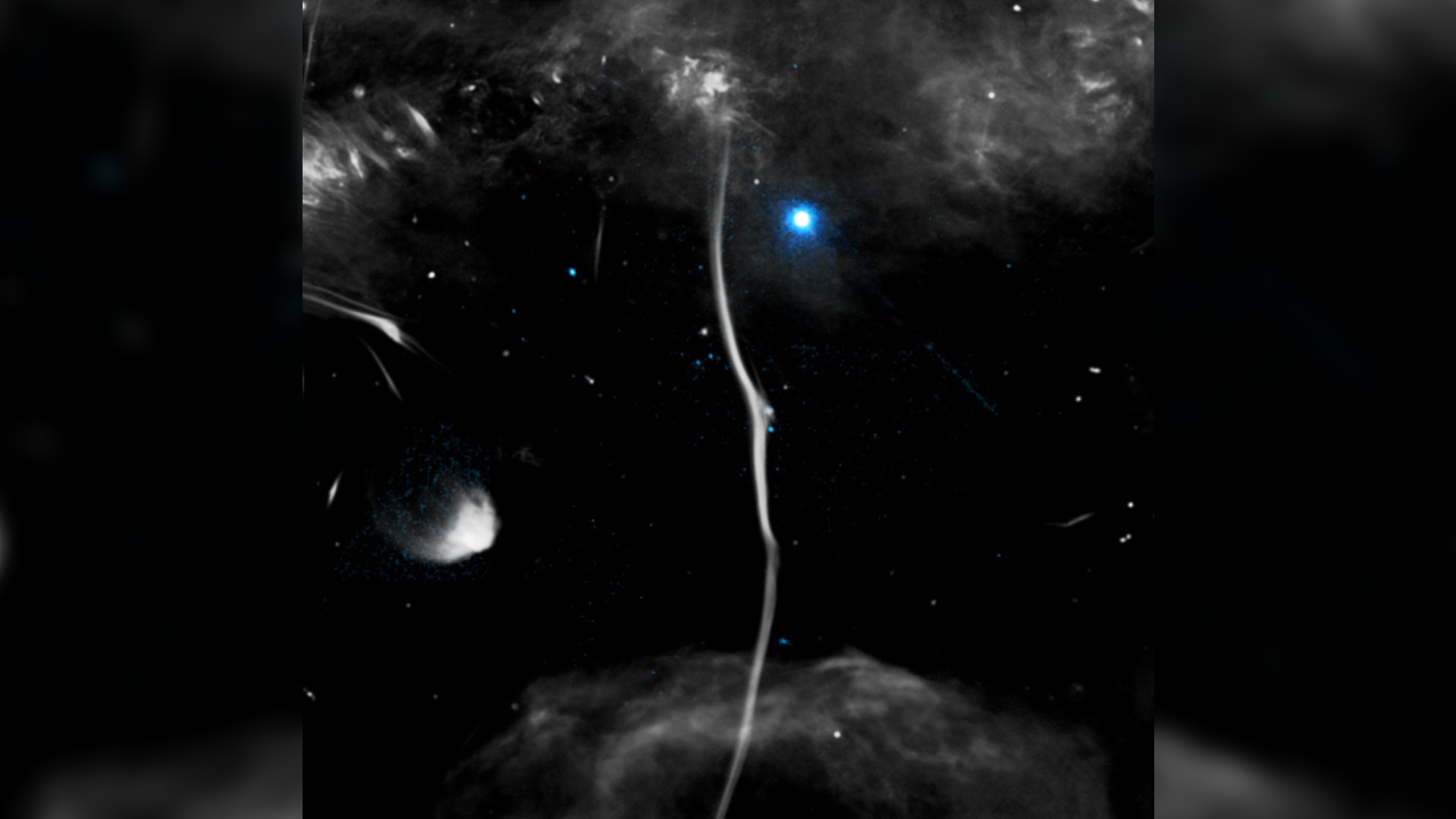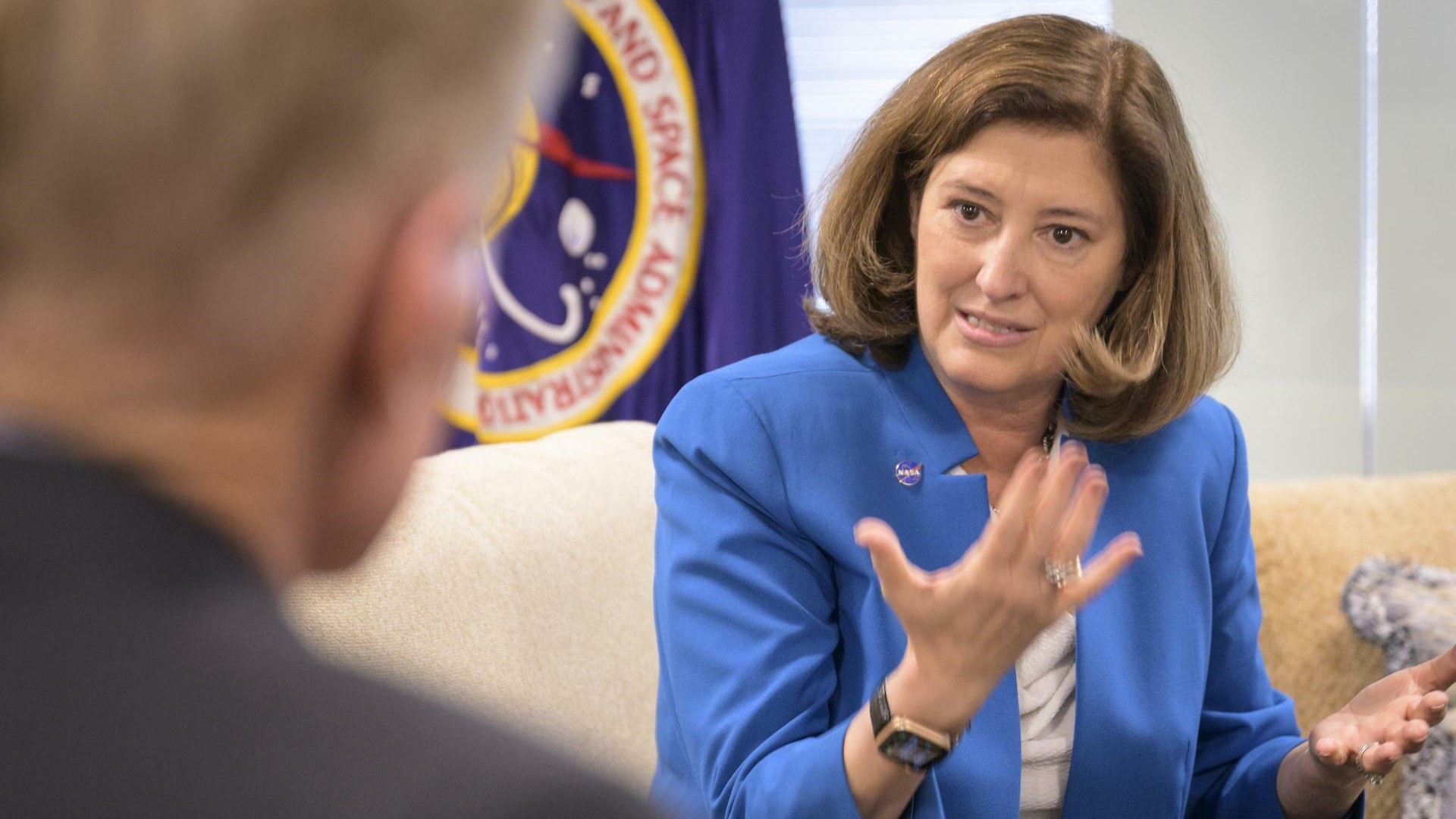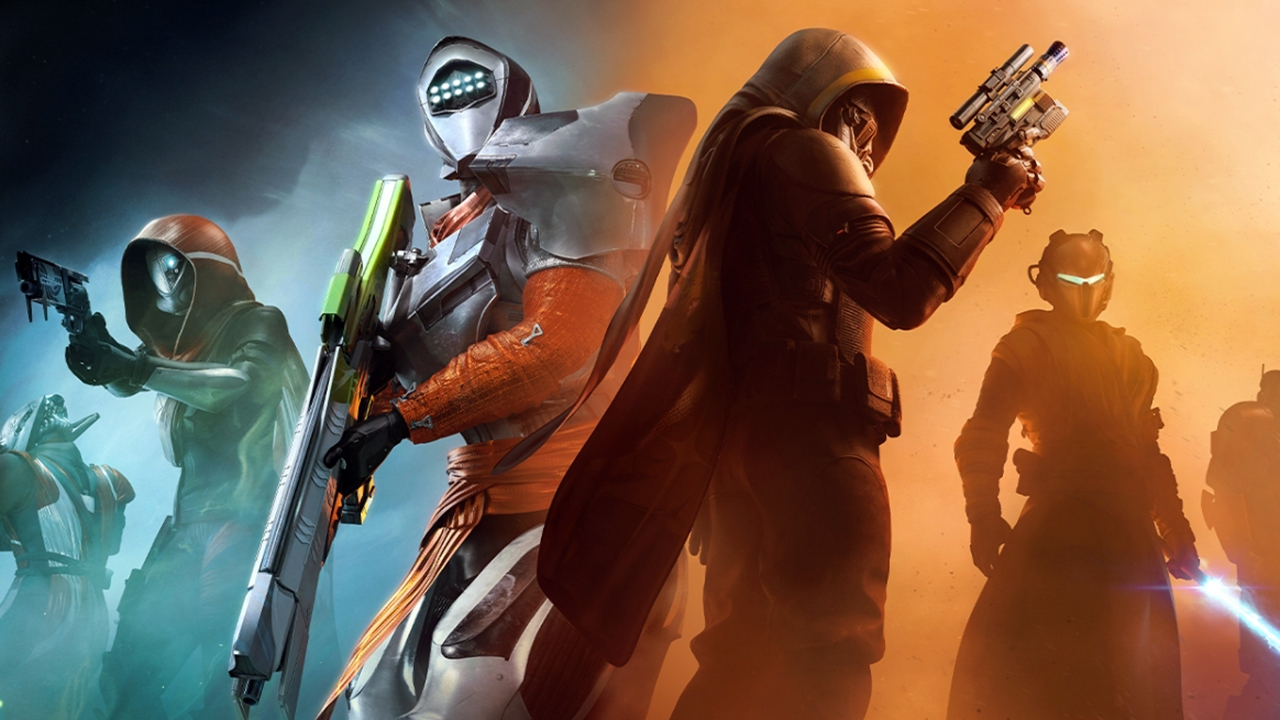Stuck Bolt on Hubble Telescope Put Scientists on Edge
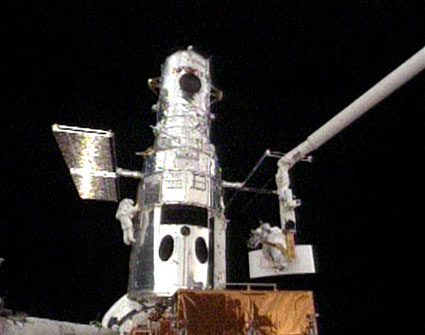
This story was updated at 9:25 p.m. EDT.
HOUSTON - Whilespacewalking astronauts struggled with a stuck bolt on the Hubble SpaceTelescope Thursday, scientists on Earth were on edge as it seemed that years ofpreparation to make the observatory more powerful than ever might slip away.
The Atlantisshuttle astronauts were eventually victorious in their battle against the bolt andleft the 19-year-old?Hubble with a powerfulnew camera eye, but the glitch kept scientists on edge until the very end.
?I can tell you that I?m five years older now than when I came to work thismorning,? said a relieved Dave Leckrone, Hubble?s senior project scientist, afterthe spacewalk.
Arecalcitrant bolt
That theorbital drama unfolded around the storied Wide Field Planetary Camera 2, an accomplishedinstrument that has produced the bulk of Hubble?s mostrecognized images of the universe since its 1993 installation, made it thatmuch more frustrating. That camera is destined to come back to Earth and becelebrated in a museum.
But a boltused to latch the camera down refused to budge and it almost looked like the instrument- which still works fine - might have to stay put. Its long-awaited replacement- the new $132 million Wide Field Camera 3 - would then have to return homebefore it had a chance to shine.
Get the Space.com Newsletter
Breaking space news, the latest updates on rocket launches, skywatching events and more!
In the end,after all other backup tools failed, it came down to an astronaut?s brutestrength and delicate touch.
SpacewalkerAndrew Feustel put a little extra oomph in his ratchet to loosen the bolt, butwas careful not to overdo it and shear it off. He and fellow spacewalker JohnGrunsfeld then seamlessly went on to install the new camera, which scientistshope will allow Hubble to see baby galaxies forming 500 million years after thebirth of the universe. The universe is 13.7 billion years old. The astronauts alsoreplaced a vital computer data unit among other tasks.
?There wasjust a huge outburst, a rush of elation and emotion when that came loose,?Leckrone told reporters here at NASA?s Johnson Space Center. ?I just hope therest of the mission is a bit smoother.?
And,Leckrone added, there?s a lot more mission to go.
Ambitiouswork ahead
Thursday?ssuccessful spacewalk marked the first in a marathon of five back-to-back excursions by theseven astronauts aboard Atlantis. The once-canceled mission is the fifth and finalshuttle flight to overhaul Hubblebefore NASA retires its three-orbiter fleet next year.
Working intwo-man teams on alternating days, the shuttle?s four spacewalkers hope toinstall two new instruments, perform delicate maintenance work and attemptunprecedented repairs on two instruments that were never designed to be fixedin space.
For therepairs in particular, there are no guarantees, NASA has said. Everythingrequired just to attempt them - including 116new tools invented from scratch - is completely new.
?We had afew rough spots today and we had some emotional ups and downs,? said Hubble programmanager Preston Burch, of NASA?s Goddard Space Flight Center in Greenbelt, Md.,that oversees the telescope. But Burch said he?s confident Atlantis? crew willhave a full five spacewalks in which to upgrade Hubble.
The missionwas ambitious to begin with, and with the intricate and uncertain repairattempts still ahead, it should only get harder, mission managers said.
On Friday, astronautswill attempt the delicate work of replacing Hubble?s gyroscopes, which keep thetelescope pointed properly, and batteries. A spacewalker will have to go insideHubble with only a few inches of clearance.
On Saturday,astronauts will try to fix Hubble?s broken main camera - the Advanced Camerafor Surveys. It has been broken since 2007 and astronauts will try to revive byremoving 32 screws and replacing faulty electronics cards while clad in bulkyspacesuits.
Then oneday later, on Sunday, spacewalkers will attempt the unprecedented fix of apowerful spectrograph that will require the removal of 111 fasteners and thereplacement of an electronics card. The last spacewalk on Monday will give Hubbleanother fresh set of batteries, extra thermal insulation and a new guidancesensor.
?Today wasa speed bump, but two days from now is going to be the hold your breath timefor most of the day,? Leckrone said.
SPACE.comis providing continuous coverage of NASA's last mission to the Hubble SpaceTelescope with senior editor Tariq Malik in Houston and reporter ClaraMoskowitz in New York. Clickhere for mission updates, live spacewalk coverage and SPACE.com'slive NASA TV video feed.
- New Videos - Hubble's High Art, New Camera
- New Video Show - Hubble's Final Shuttle Service Call
- Image Gallery - The Hubble Repair Missions: Part 1, Part 2
Join our Space Forums to keep talking space on the latest missions, night sky and more! And if you have a news tip, correction or comment, let us know at: community@space.com.

Tariq is the Editor-in-Chief of Space.com and joined the team in 2001, first as an intern and staff writer, and later as an editor. He covers human spaceflight, exploration and space science, as well as skywatching and entertainment. He became Space.com's Managing Editor in 2009 and Editor-in-Chief in 2019. Before joining Space.com, Tariq was a staff reporter for The Los Angeles Times covering education and city beats in La Habra, Fullerton and Huntington Beach. In October 2022, Tariq received the Harry Kolcum Award for excellence in space reporting from the National Space Club Florida Committee. He is also an Eagle Scout (yes, he has the Space Exploration merit badge) and went to Space Camp four times as a kid and a fifth time as an adult. He has journalism degrees from the University of Southern California and New York University. You can find Tariq at Space.com and as the co-host to the This Week In Space podcast with space historian Rod Pyle on the TWiT network. To see his latest project, you can follow Tariq on Twitter @tariqjmalik.
